
What Is A Shunt Resistor?
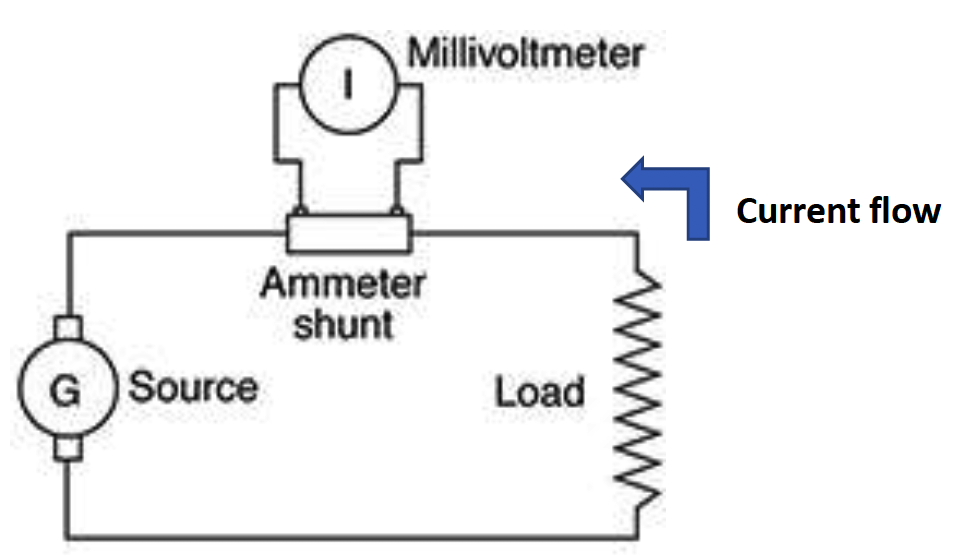
Very precise current measurement device
Provide a voltage proportional to the current flowing through it
Specified by current carrying capability and voltage output
Governed by Ohm’s law
V=I*R
V = voltage
I = current
R = resistance

How Are Shunt Resistors Made?
Shunt resistors are made using brass as the metal and special resistive elements soldered into place onto the brass or copper terminal blocks. This is then attached to a moleded base using screws to keep it in place.
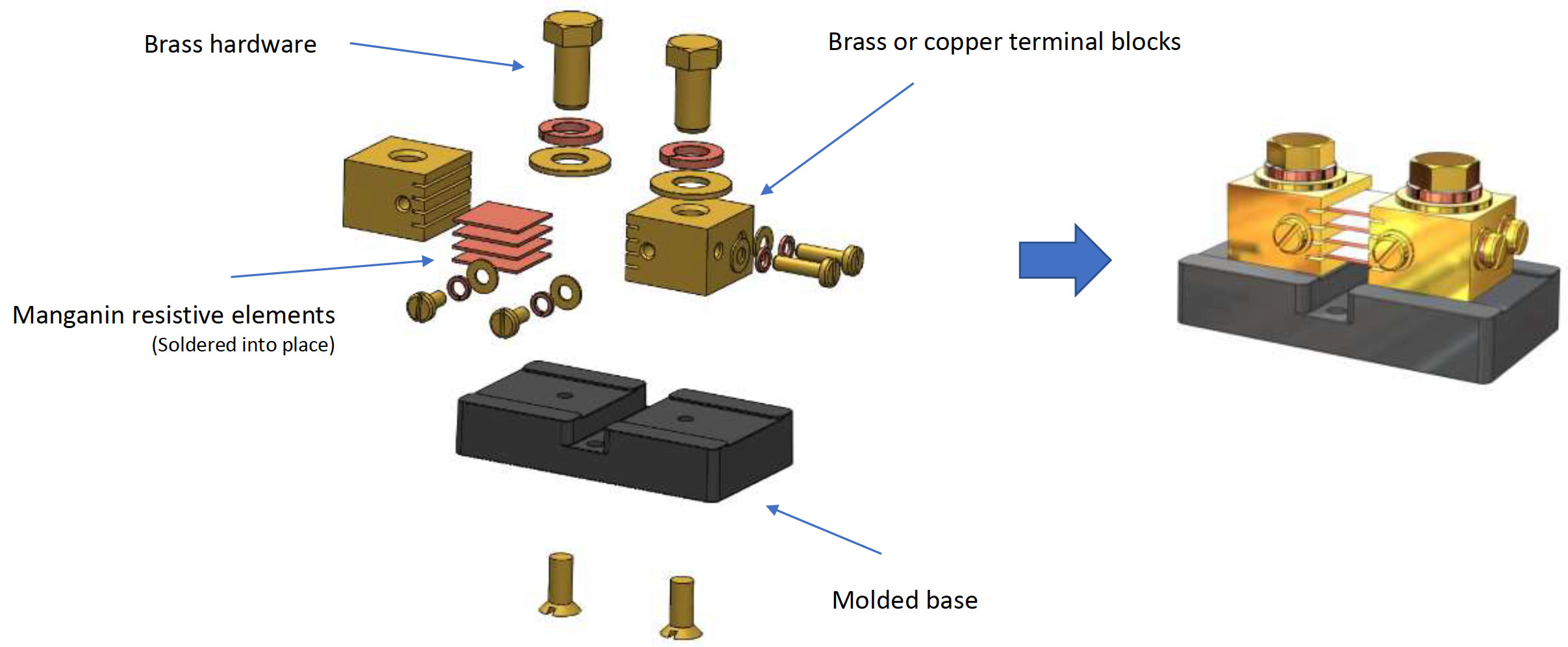

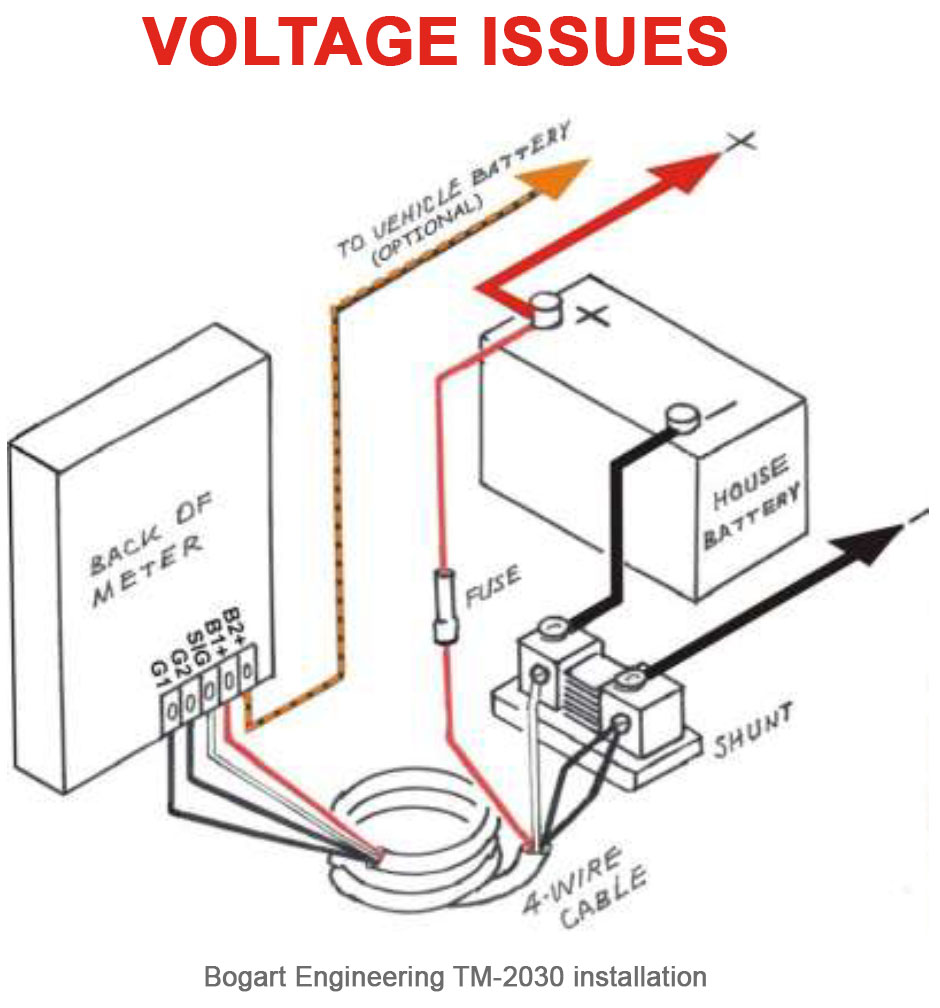
How Are Shunt Resistors Installed?
Either busbar or panel mounted.
Best practice is to place the shunt in the ground return near the voltage source.
Limits potential dielectric withstanding voltage issues
Ensures all loads are accounted for

Shunt Resistor Installation Examples
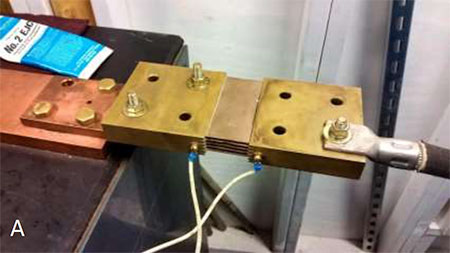
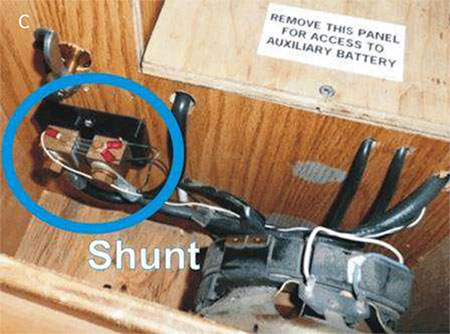
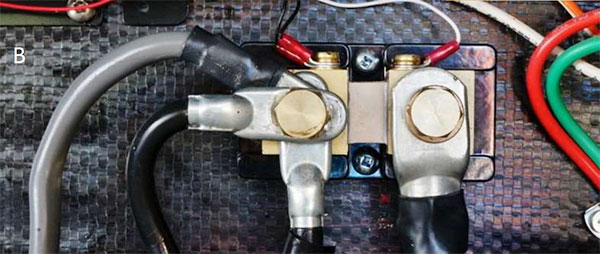

Shunt Resistor Typical Applications
Battery monitoring
Off grid backup
Recreational Vehicles
Emergency Vehicles
Marine
Remote Cabins
Forklifts
PV Inverters
Power Conversion
DC motor drives / Traction
Welding equipment
Mining
Electroplating equipment

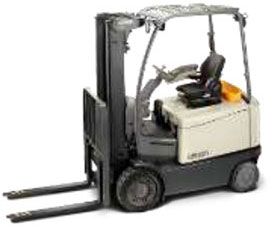
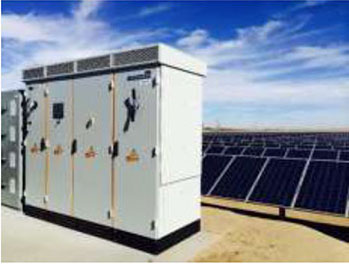
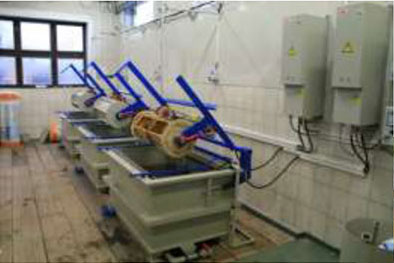
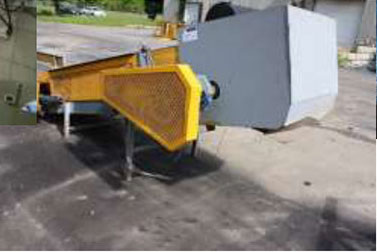


How Do You Specify Shunt Resistors?
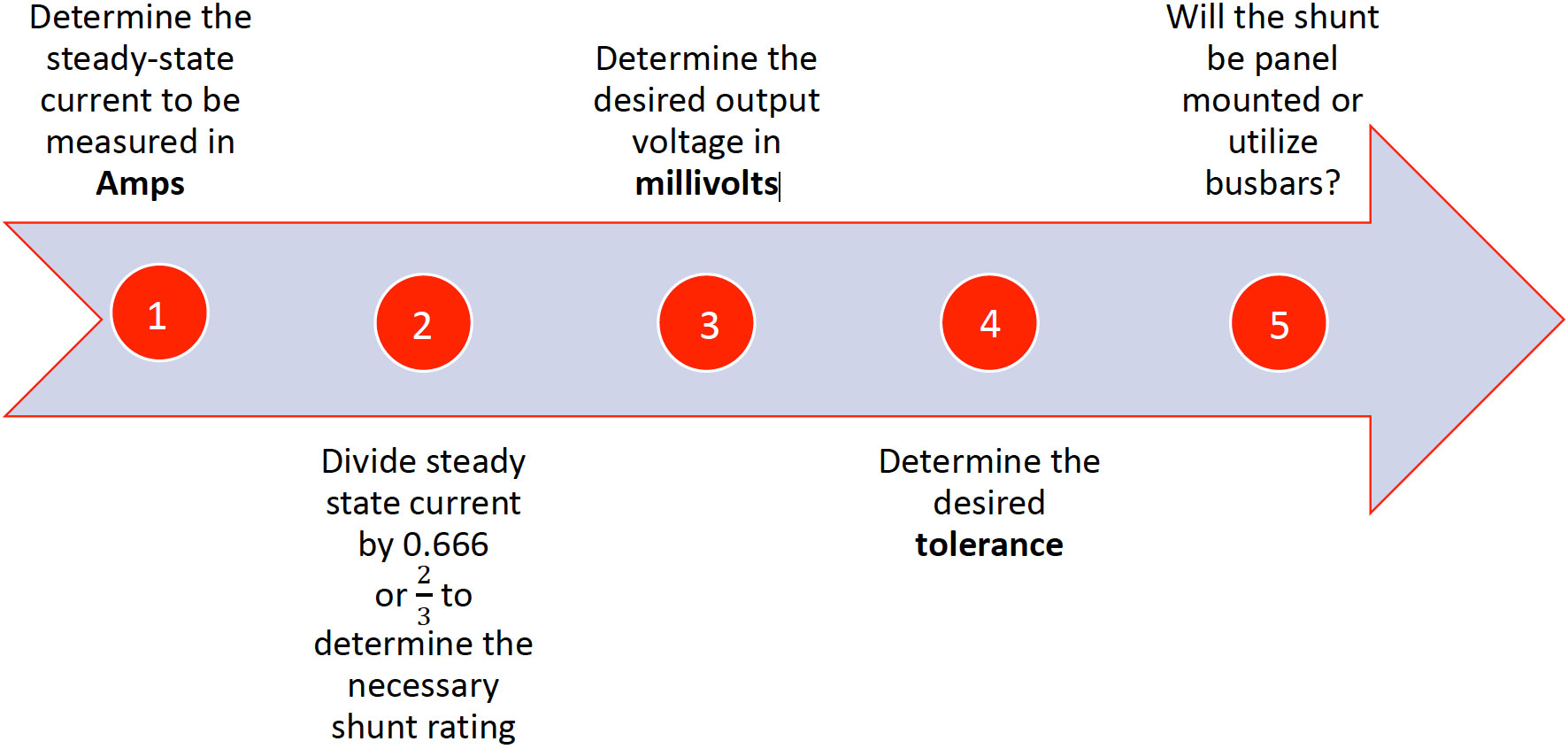
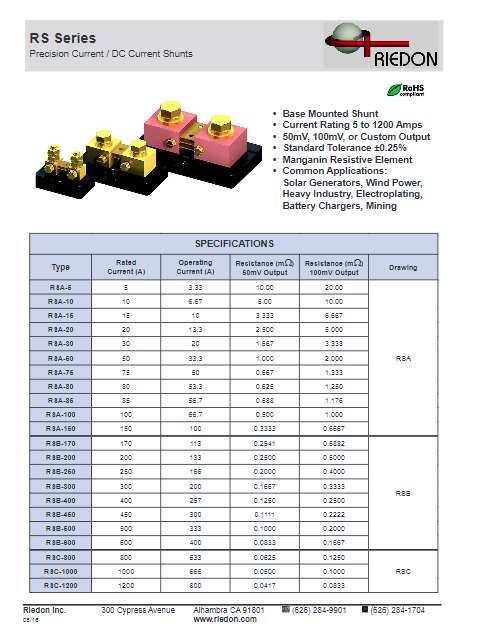

Riedon Standard Shunt Resistor Offerings
77-173 Amps

RCS
5 – 1,200 Amps
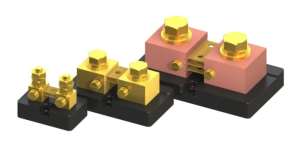
RSA / RSB / RSC
1-500 Amps
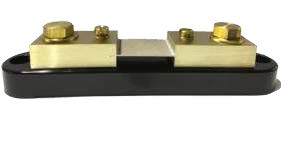
RSN
300-1,200 Amps
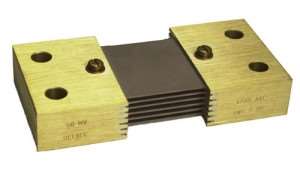
RSI
1,500-2,000 Amps

RSJ
2,500-10,000 Amps
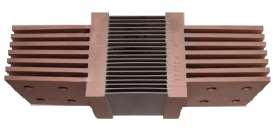
RSL

How Large Are Shunt Resistors?
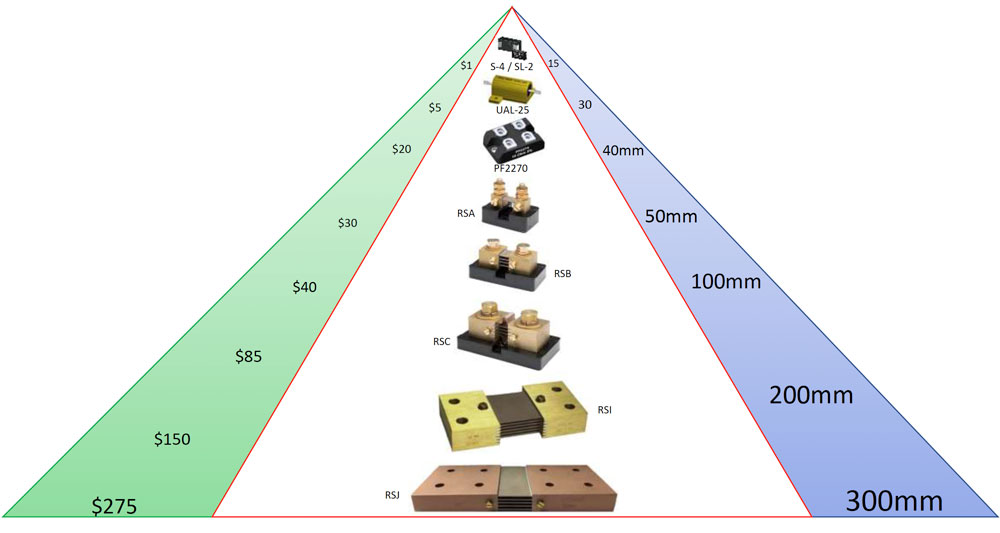

Riedon Custom Shunt Resistor Examples

500 Amps - 20mV
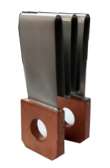
500 Amps - 10,000mV
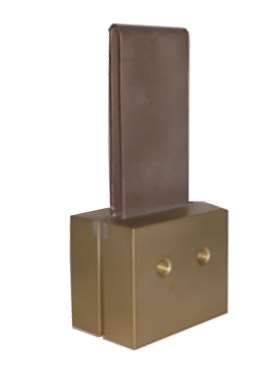
100 Amps - 130mV

125 Amps - 50mV
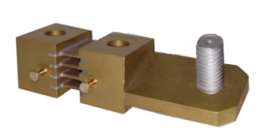
500 Amps - 20mV
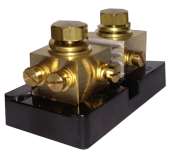
500 Amps - 50mV

Why Choose Riedon Shunt Resistors?
Riedon is the manufacturer
Exceptional One-On-One customer service
Shortest lead time among our competitors
Industry price leader
Custom Requests Welcomed!

